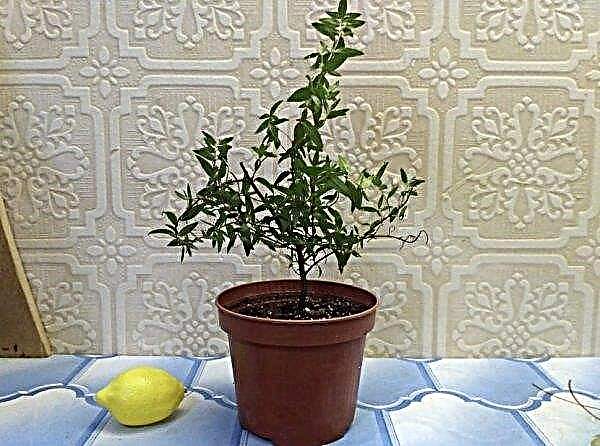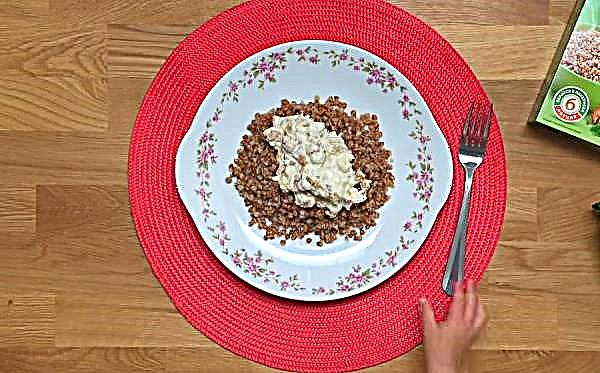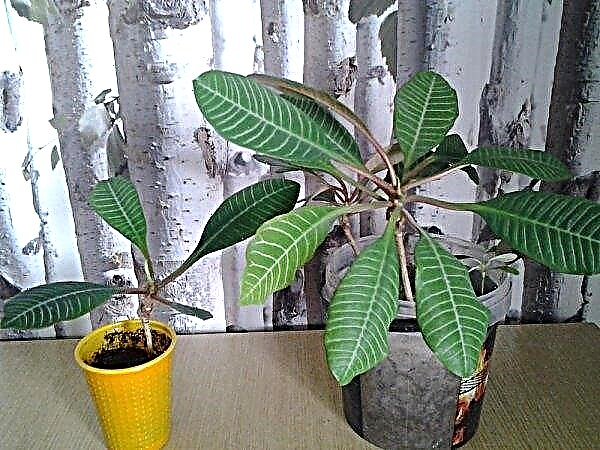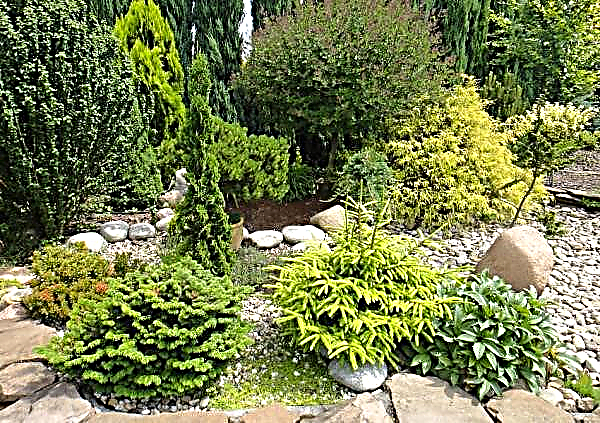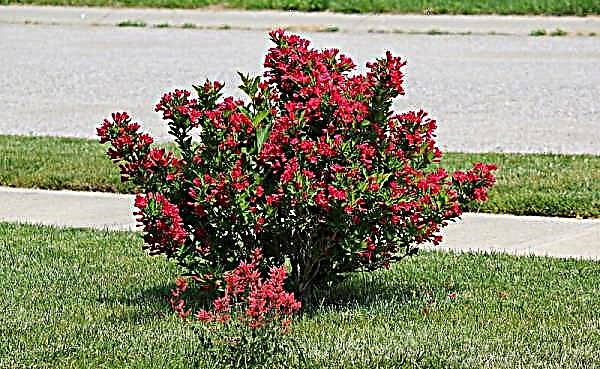Florists characterize gladioli as very picky plants. Even with proper planting, you need to make a lot of effort to achieve abundant flowering in open ground. For each phase of development, a flower requires a certain set of trace elements and nutrients, which provide regular feeding.
How to ensure rapid growth and abundant flowering
At the initial stage, it is important to choose the right place for growing in advance, which should meet a number of requirements:
- well-lit (even slight shading is not allowed - blooming gladiolus loves the sun);
- sheltered from the wind;
- horizontal (a small angle is required to drain excess water);
- without high groundwater.
Important! It is not recommended to grow gladioluses for more than 2 years in the same place.
Rapid growth is provided by soil characteristics, which can be:
- chernozem or sandy loam;
- slightly acidic;
- properly drained.
The site must be dug deep in the fall, fertilized with manure and potash-phosphorus fertilizers. In early spring, urea is added in advance. By preparing the beds immediately before planting, you can spill a solution of potassium permanganate or fertilize with Fitosporin. Many gardeners prefer natural fertilizers and choose a garlic mass infused in water.

How and what to fertilize gladioli
Gladioli are fed by fertilizing the ground or spraying foliage. The bulbs themselves are previously incubated in a solution of a biostimulant.
After landing
Landing is carried out in late spring or early June. After a day, the flowers need to be watered. This is necessary for the normal development of the peduncle, because gladioli are not able to form a powerful root system that can provide their natural hydration. In conditions of prolonged drought, it is advisable to water daily (in the evening).
Watering should be plentiful, i.e. surface watering provokes weed growth, and can also lead to the death of root tubers. Water is harmful for the leaves, therefore it is recommended to prepare watering grooves or aisles in advance. In this case, the soil should be thoroughly loosened for free air circulation at the roots.
The first top dressing is made at the very beginning of the development of the flower. She will provide:
- active growth of shoots from a tuber;
- the formation of abundant foliage;
- timely laying of peduncles.
At this stage, gladioluses are most in need of nitrogen. The first time you should apply fertilizer when 2-3 leaves appear. These may be preparations containing nitrogen:
- ammonium nitrate;
- urea;
- ammonium sulfate;
- a combination of organic fertilizers (for example, regular ash).

Gladiolus with its appearance is able to send a signal about a lack or excess of nitrogen. Pale green leaves indicate that there is not enough nitrogen, and too dark - indicate an excess, which is equally bad for the flower.At the same time, it is useful to spray the plant with Zircon, which stimulates the development of roots, accelerates development and flowering.
Did you know? In ancient times, gladiolus was considered a weed that annoyed people in fields with wheat and other cereals.
The appearance of the sixth leaf coincides with the second feeding. This is the period of preparation for flowering, when phosphorus is especially important, which increases the number of inflorescences, prolongs flowering.
Three groups of fertilizers are applied:
- nitrogen;
- potash;
- phosphoric.
It is possible to use complex formulations for berries and vegetables.

During budding
It is imperative to feed the plant at a time when gladioli begin to expel peduncles. During this period, the flower is most in need of phosphorus and potassium, which is involved in the metabolism and activates protective functions (temperature changes are easier to tolerate and less likely to get sick). Only potash-phosphorus mixtures will be relevant.
Did you know? Most varieties of gladioli do not exude aroma, and the leaves contain ascorbic acid in high concentrations.
Spraying during budding increases the number of flowers, the brightness of their color and speeds up blooming. For foliar top dressing, you need to choose sunless days or late evening. Spray the solution as small as possible, trying to process both sides of the sheet.

Before flowering
Complex fertilizers are used immediately before flowering.that contain all the trace elements necessary for the development, for example, nitroammophosco. They help the plant bloom and maintain freshness throughout August. The intensity of top dressing in the summer depends on how fertile the soil itself is.
Video: Feeding gladioli before flowering
Blooming
In July, during flowering, a solution of boric acid is used for feeding. Extra-root dressing is also possible with a special mixture of microelements for flowers, which will positively affect the ovary of children. In total for a season you can spray three times.
After flowering
The final fertilizing is the application of fertilizers after flowering - superphosphate and potassium sulfate. Watering with potassium permanganate is carried out to disinfect the soil and bulbs. Since mid-August, no feeding has been carried out; in autumn, plants and soil spend an accumulated supply of trace elements.
 Autumn is the time to dig up root tubers. After that, you need to take care of preserving the bulbs to avoid mold
Autumn is the time to dig up root tubers. After that, you need to take care of preserving the bulbs to avoid mold
Fertilizer errors
In order to feed the plant with maximum efficiency, it is necessary to adhere to the rules of fertilizer application:
- Give preference to liquid forms, rather than friable.
- To carry out each dressing in two stages with an interval of 5-7 days.
- First, weeding is necessary to get rid of weeds and thoroughly loosen the soil.
- Soil before applying fertilizers should be well moistened.
- Fertilize in the aisles (not at the root).
- After top dressing, be sure to water the plants abundantly.
- All work must be carried out after sunset.
Important! If it rained immediately after feeding, the product is washed out of the soil, so repeated fertilizing is required.
Careful care and timely top dressing of gladioli will make it possible to decorate the garden with lush and bright inflorescences of this capricious flower.






